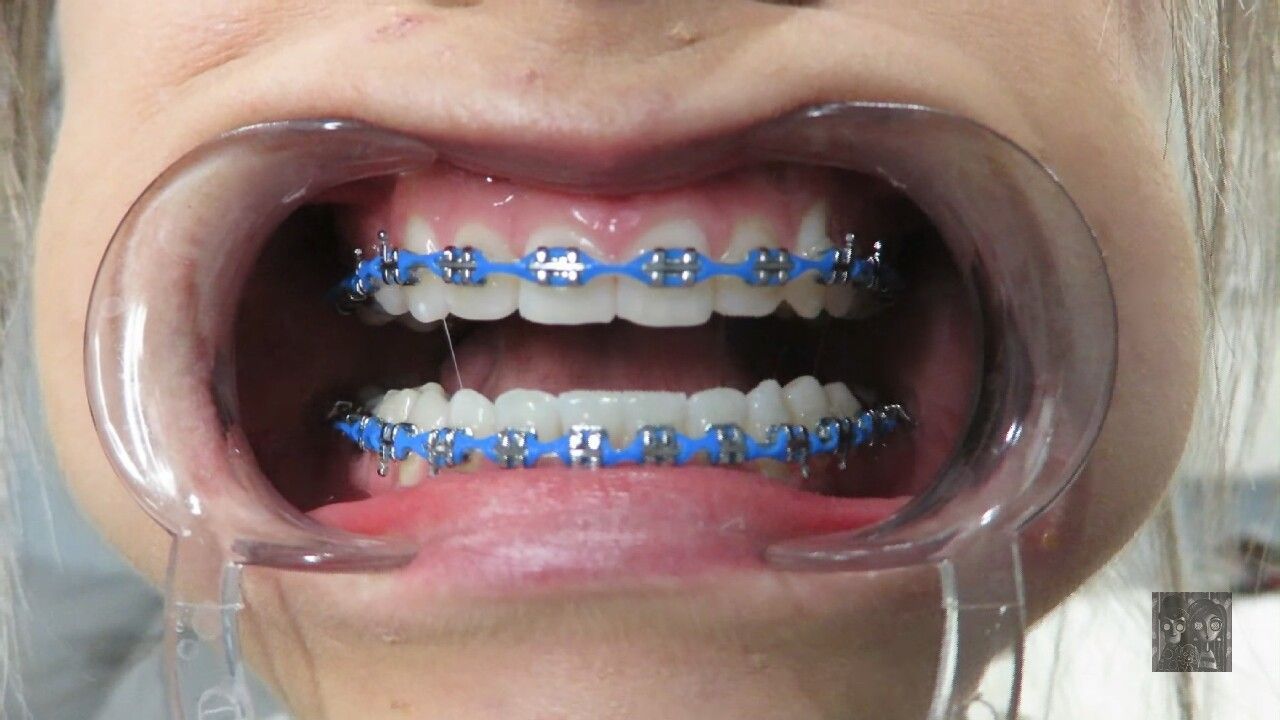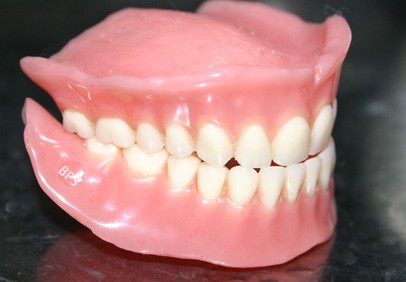Power Chains Braces

The concept of power chains and braces is deeply rooted in the field of orthodontics, where the primary goal is to improve the alignment and positioning of teeth for both aesthetic and functional purposes. Orthodontic treatments have evolved significantly over the years, incorporating a wide range of appliances and techniques designed to address various dental misalignments and malocclusions. Among these, power chains and braces stand out as crucial components in many treatment plans, especially for patients requiring more comprehensive adjustments.
Understanding Power Chains
Power chains, in the context of orthodontics, refer to a type of elastic chain that connects multiple teeth, typically braces or brackets, together. These chains are made from a strong, elastic material that applies continuous force to the teeth, helping to close gaps between them or to align teeth that are improperly positioned. The primary advantage of power chains is their ability to exert a consistent, gentle pressure over a prolonged period, which is essential for moving teeth into their correct positions. This consistent force is what differentiates power chains from traditional elastic bands, which may apply more variable and sometimes less effective pressure.
The Role of Braces
Braces are a fundamental tool in orthodontic treatment, comprising brackets that are attached to the teeth and an archwire that connects these brackets. The archwire applies pressure to the teeth, guiding them into the desired position. Braces are highly versatile and can be used to correct a wide range of orthodontic issues, including crowding, gaps, overbites, underbites, and crossbites. Modern braces come in various forms, including traditional metal braces, ceramic braces for a more aesthetic appeal, and lingual braces that are attached to the back of the teeth for minimal visibility.
Combination of Power Chains and Braces
The combination of power chains with braces is a powerful orthodontic strategy. By attaching power chains to the brackets of the braces, orthodontists can enhance the effectiveness of the treatment. This combination allows for more precise control over tooth movement, enabling the closure of gaps and the alignment of teeth with greater efficiency. The power chain can be adjusted in terms of its length and elasticity to customize the force applied, ensuring that the treatment progresses as planned without causing undue discomfort to the patient.
Technical Breakdown of the Process
The process of using power chains with braces involves several technical steps: 1. Initial Assessment: The orthodontist evaluates the patient’s teeth and jaw alignment to determine the best course of treatment. 2. Braces Application: Brackets are attached to the teeth, and an archwire is placed to begin the alignment process. 3. Power Chain Attachment: Depending on the treatment plan, power chains are connected between certain teeth to apply additional force. 4. Adjustments: Regular appointments with the orthodontist are necessary to adjust the archwire, change the power chain, and monitor progress. 5. Treatment Completion: Once the desired alignment is achieved, the braces and power chains are removed, and a retainer is provided to maintain the new position of the teeth.
Future Trends in Orthodontic Treatments
As technology continues to advance, orthodontic treatments are becoming more sophisticated and personalized. Innovations such as clear aligners, temporary anchorage devices (TADs), and 3D printing of orthodontic appliances are changing the landscape of orthodontic care. These advancements not only offer patients more aesthetic and comfortable options but also provide orthodontists with precise tools to achieve optimal results.
FAQ Section
What are power chains in orthodontic treatment?
+Power chains are elastic chains used in orthodontic treatments to connect braces or brackets on multiple teeth, applying continuous force to align or close gaps between teeth.
How do braces work with power chains?
+Braces work by applying pressure to the teeth through an archwire connected to brackets. Power chains enhance this effect by adding an elastic chain that connects multiple brackets, applying additional force to align teeth or close gaps more efficiently.
Are power chains and braces suitable for all orthodontic issues?
+While power chains and braces are versatile and can correct many orthodontic issues, they may not be the best solution for every case. The suitability of these treatments depends on the severity and nature of the orthodontic problem, as well as the patient's preferences and oral health.
Conclusion
The use of power chains and braces represents a significant advancement in orthodontic care, offering patients an effective and relatively comfortable way to achieve the alignment and aesthetic improvements they desire. As orthodontic treatments continue to evolve, it’s essential for patients to consult with experienced orthodontists to determine the most appropriate treatment plan for their specific needs. With the right approach, Power chains and braces can be a powerful combination in the journey towards a healthier, more confident smile.


